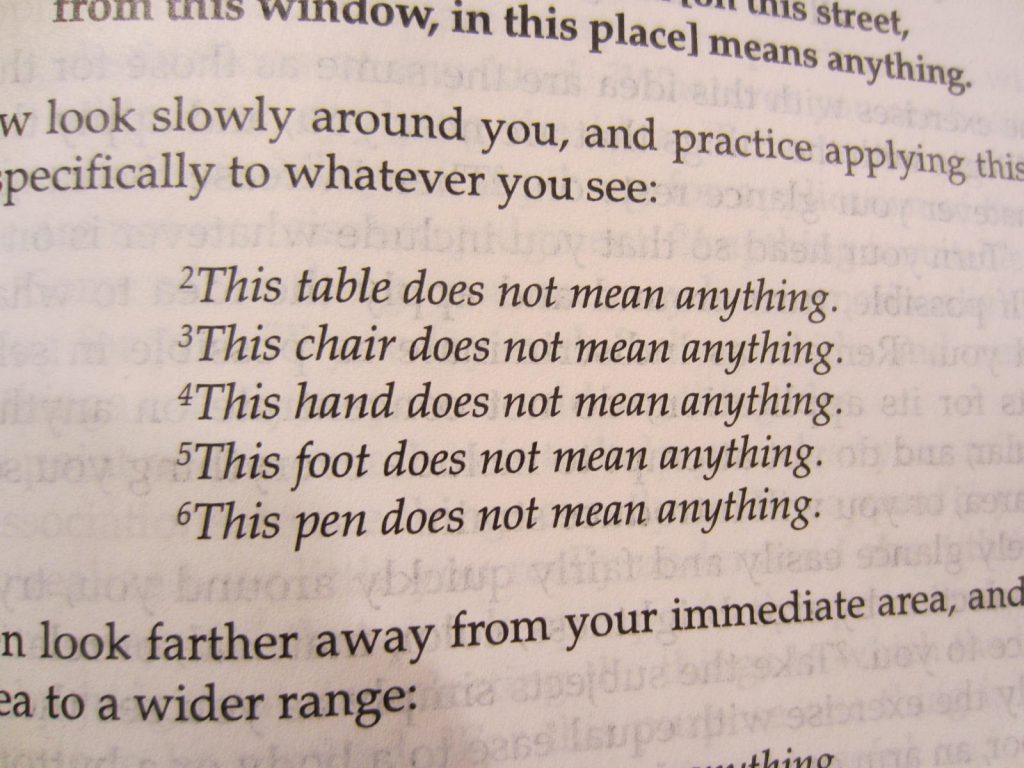Take a Deep Breath – How to Improve Lung Capacity and Beat Anxiety
If you haven’t tried deep breathing exercises to relieve anxiety, then you have missed out on the first step to taking control of your reactions… I like simple, DIY, natural methods of dealing with anxiety and deep breathing is my first line of defence. Correct breathing is the key to calming mind and body. How you breathe reflects your health and how you feel about yourself. Take a moment to note your breathing patterns…
Your breathing becomes shallow and rapid when you are anxious, but slow and deep when you are at ease. Years of stress and poor attention to a healthy lifestyle means that shallow, rapid breathing is the norm for most of us. Maybe you have even forgotten how to breathe deeply and fully? Breathing is an automatic, involuntary activity but it can be consciously controlled. And this is what we should aim for. In times of acute stress and anxiety, taking a minute to slow down and control your breathing will calm you instantly.
What Happens When You Don’t Breathe Properly
When stress levels rise, you tend to use only the top third of the lungs. I am sure you are familiar with the feeling of rising panic and your breathe becoming less as you breathe more rapidly. There is a drop in levels of carbon dioxide, which is needed to maintain body acidity, and harmful toxins are not breathed out. This affects your nerves and muscles and may result in tiredness, palpitations and panic attacks. If you learn to breathe properly, you can alleviate these uncomfortable feelings of anxiety and reduce your heart rate, blood pressure and levels of stress hormones.
How to Breathe
To improve your breathing you must first become aware of it. By having a healthy breathing pattern in place, it is much easier to use your breathing to relieve anxiety. If you find that you are breathing too fast or too shallow, try an abdominal breathing exercise to help you breathe more naturally. This deep breathing exercise uses the diaphragm to enable the lungs to inflate and deflate with minimal effort.
- Sit in a comfortable position with your eyes open or closed. Place one hand on your chest with the other over your diaphragm just below the breastbone.
- Breathe in slowly through your nose, and try to breathe so that the hand on your chest remains as still as possible. The feeling is that you are breathing in to a deeper place than normal.
- Hold your breath for a few seconds then breathe out slowly through your nose. Release as much air as possible.
- Repeat for a few minutes until you feel calm.
Another effective deep breathing exercise to relieve anxiety is an alternate nostril breathing exercise. This exercise might seem complicated at first but just try it and you will see how calming and balancing it is. Aim to do it for 5 minutes a day before you hit the anxiety of the day – so much better to be prepared than to be taken off-guard.
- Blow your nose to clear the nasal passages.
- Place your forefinger and second finger on your forehead, with your thumb and third finger on either side of your nose. Relax your thumb and inhale through that nostril then close with the thumb. Release your third finger and exhale through the other nostril.
- Continue to breathe in and out through alternate nostrils. This exercise helps you to become aware of each breath, but stop if you get dizzy.
Deeper breathing and a slower pulse rate are recognised signs of good health – the deeper the breath, the more body tissues can be oxygenated, and the stronger your heart is, the less often it needs to beat. And, naturally, the healthier your mind and body are, the easier it is to deal with issues that cause you to become anxious.
Take a Deep Breath – How to Improve Lung Capacity and Beat Anxiety by Margo Bastos



